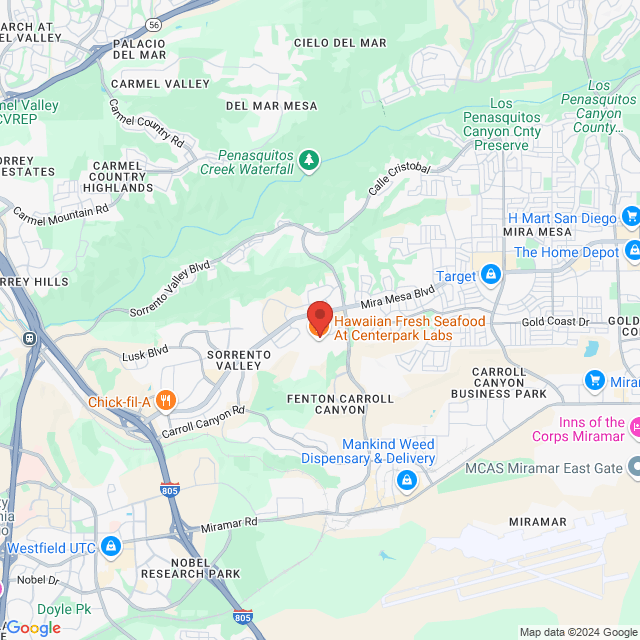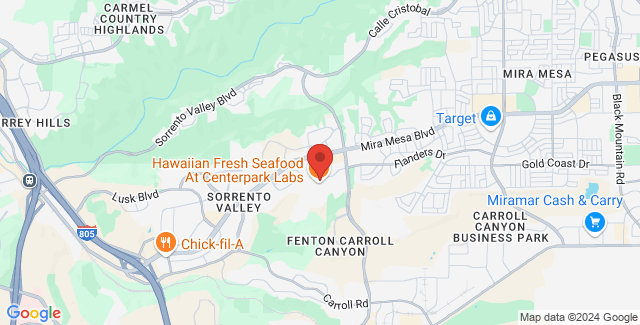Counterfeiting
Counterfeiting is the act of manufacturing fake or altering genuine currency. This white collar crime dates back to the Civil War, when a third of all U.S. currency was believed to be counterfeit. Counterfeit currency was especially difficult to catch during the 19th century, when more than 1,600 banks were permitted to manufacture their collective 7,000 kinds of coins.
Although instances of counterfeiting decreased dramatically after currency was nationalized in 1863, ever-advancing technology - such as high-resolution printers and copiers - has made it easy for even unskilled counterfeiters to forge counterfeit currency.

Detecting Counterfeit Currency
According to the United States Secret Service - established in 1865 to combat counterfeiting - the simplest way to identify counterfeit currency is to compare a suspect note with a genuine note, carefully observing the portrait, Federal Reserve and Treasury seals, border, serial numbers, and paper of the bills.
Counterfeit Bills
- Portrait: While a genuine portrait is lifelike, appears to be two-dimensional, and stands out from the background, a counterfeit portrait is often dull and flat. Details are typically not distinct, and colors appear to be muddled and dark.
- Federal Reserve and Treasury Seals: Genuine Federal Reserve and Treasury Seals are sharp-pointed, bright, and uniform, but counterfeit seals are uneven, blunt or broken.
- Border: The borderlines on official currency are clear and solid, while lines on counterfeit bills may be blurred, disjoined, or indistinct.
- Serial Numbers: Serial numbers on genuine bills are evenly spaced, printed in a unique font, and the same color as the Treasury Seal; on counterfeit bills, serial numbers tend to be a shade lighter or darker than the Treasury Seal, less uniformly spaced, and not properly aligned.
- Paper: Genuine currency paper has red and blue fibers carefully threaded through it; the fibers are not raised and are clearly embedded. Counterfeit currency paper often has what appear to be red and blue fibers woven through it, but those fibers are actually ink lines printed directly onto the surface of the paper.
Counterfeit Coins
While counterfeit bills are used primarily as currency, counterfeit coins are intended to fool collectors by simulating old, rare pieces. Sometimes, counterfeiters might alter the dates of genuine coins, making them appear older or rarer than they actually are. Other times, counterfeiters mold fake coins by pouring liquid metal into casts. Authentic coins are stamped out on official machinery that ensures uniformity, but counterfeit coins usually lack uniformly ridged edges and may have dye marks or cracks.
Punishments for Counterfeiting Crimes
The manufacture of counterfeit bills or coins or alteration of genuine currency, the possession of forged monies with intent to distribute, and the possession of printed reproductions (even photographs) of federal currency, postage stamps or U.S. securities are punishable by fine and/or up to 15 years in prison. The forgery, trafficking, or alteration of U.S. bonds or checks is punishable by fine and/or up to 10 years in prison.
Speak to an Attorney
If you have been accused of counterfeiting, please contact a reputable criminal defense attorney in your area.
Related to Counterfeiting




